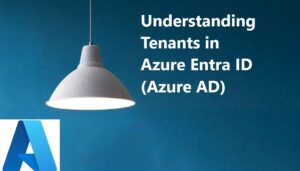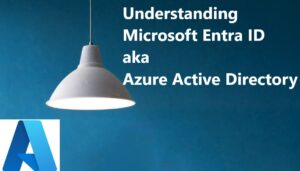In today’s digital landscape, security breaches are becoming increasingly common, and protecting sensitive data is paramount for businesses of all sizes. Multi-factor authentication (MFA) has emerged as a powerful tool to enhance security by adding an extra layer of defense against unauthorized access. Azure, Microsoft’s cloud computing platform, offers robust MFA capabilities that can significantly bolster your organization’s security posture.
Understanding Multi-Factor Authentication (MFA)
Multi-Factor Authentication (MFA), also known as two-factor authentication (2FA) or two-step verification, is a security mechanism that requires users to provide two or more authentication factors to gain access to a system or application. These authentication factors typically fall into three categories:

Something you know (e.g., password, PIN)
Something you have (e.g., smartphone, token)
Something you are (e.g., fingerprint, facial recognition)
The purpose of MFA is to add a layer of security beyond just a username and password, making it significantly more difficult for unauthorized users to gain access, even if they have compromised the user’s credentials.
Implementing Multi-Factor Authentication on Azure:
Now, let’s walk through the process of implementing Multi-Factor Authentication on Azure. Before that lets look at the pre-requisites:
Prerequisite
- A working Microsoft Entra tenant with Microsoft Entra ID P1 or trial licenses enabled.
- An account with Conditional Access Administrator, Security Administrator, or Global Administrator privileges. Some MFA settings can also be managed by an Authentication Policy Administrator.
- A non-administrator account with a password that you know.
- A group that the non-administrator user is a member of.
Implementation Steps:
Its always better to follow the steps given by Microsoft as it will show all the details about the recommendations:
https://learn.microsoft.com/en-us/entra/identity/authentication/tutorial-enable-azure-mfa
Multi-factor authentication (MFA) is a critical component of a robust cybersecurity strategy, especially in today’s threat landscape. By implementing MFA on Azure, organizations can significantly enhance their security posture, protect sensitive data, and comply with regulatory requirements. Follow the steps outlined in this guide to enable MFA on Azure and fortify your organization’s defenses against cyber threats. Remember, when it comes to security, it’s better to be proactive than reactive.



